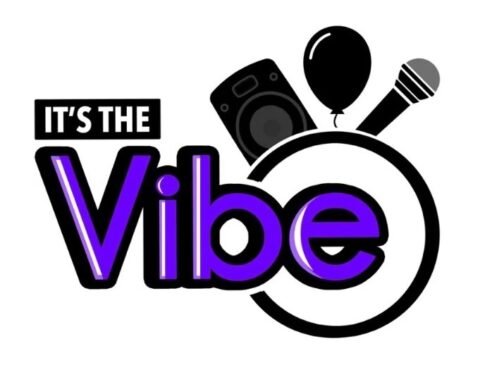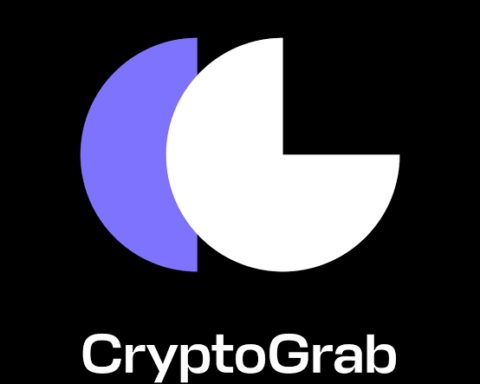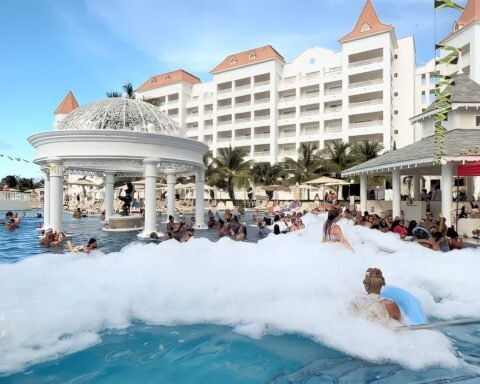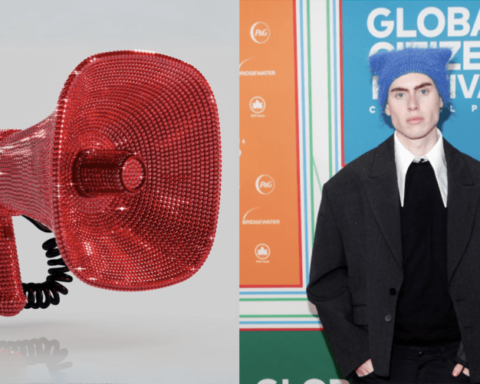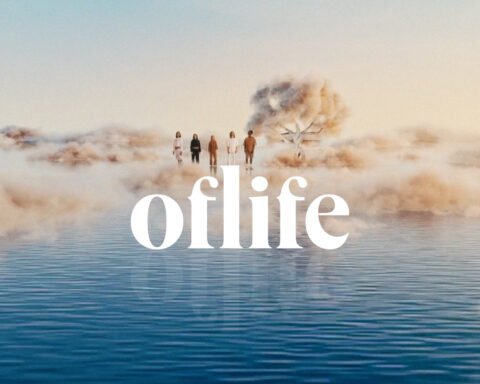Metaverse marketing is the industry’s future
In the 1990s, the internet revolutionised the marketing industry. We’ve gone from clickable banners in Web 1.0 to the rise of the influencer in Web 2.0. And now the metaverse, an interconnected network of 3D worlds, will shake things up once again. We’re entering into a new phase of customer engagement – one that ups the ante by creating a hyper-realistic environment that allows for more immersive brand experiences than we’ve ever seen before.
As a digital environment that combines real world objects, destinations, and people with boundless imagination, the metaverse offers unlimited potential. It’s leaps and bounds beyond Web 2.0 to the point of being almost incomparable. The metaverse essentially serves as a second world that users can retreat to. A world that is completely free of the limitations that restrict our everyday lives. There is no gravity, no geographical distances that can’t be traversed in the blink of an eye (or the click of a button), no physical restrictions, no pandemics… the metaverse is whatever we want it to be.
Moreso, we can choose who we want to be in the metaverse, whether that’s by using an avatar that accurately portrays our real-world image, by creating an idealistic version of ourselves, or choosing something entirely fantastical.
The only limit in the metaverse is our own imagination.
Of course that is a massive boon for users, but just take a moment to imagine what could be achieved by creative brands looking to go above and beyond for their next marketing campaign. In a metaverse that allows you to shape reality however you want it to be, the world is your oyster – which would actually be achievable, if an oyster-shaped world is what your brand needs.
The introduction of hyper-realism to the metaverse opens upthings even further, by giving brands the ability to retain true-to-life visuals for products and people alike. This is a massive step because up until now, the metaverse has been based around cartoonish graphics. Not only do these have limited appeal, but they also offer limited scope, especially in a marketing context. No-one wants to see their brand represented in anything less than a perfect form. Hyper-realism allows for metaverse representation that is as close to realistic perfection as is possible.
When it launches later this year, Everdome will be the most hyper-realistic verse across the entire landscape of the metaverse. Throughout Everdome’s three phases, users will participate in a journey to colonise Mars. This will include a pre-launch phase on Earth, followed by the launch process and travel time to the Red Planet, before settling there.
It is a stunning example of how photo-realism can be used to create beautiful visuals as well as deeper engagement and a more enriching virtual environment for people to explore. After all, users want to invest their valuable time in games that are visually appealing as well as engaging from a story-telling perspective.
As any experienced marketer will tell you, these same two tactics, visual appeal and engagement, apply for brands too. Capturing the attention of consumers relies on more than just having a good product. You need to get potential customers to buy into the brand story, the lifestyle, the promise of something exceptional. This can be difficult to achieve through 2D internet platforms let alone traditional marketing channels, and of course not all customers can be reached in the real world either due to physical limitations.
Enter the metaverse, where the rules of reality are thrown out of the window.
By adopting the immense graphic abilities of Unreal Engine 5 from Epic Games, Everdome will leave users questioning what’s real and what isn’t.
That’s what makes this an extremely exciting time for sales and marketing. We’re enhancing the metaverse ecosystem beyond what anyone has currently experienced, and creating the opportunity to discover and interact with new people, places, and products.
We’re opening the door for people to live in the digital world, while also creating new channels of engagement for brands, businesses and more.
As mentioned earlier, the metaverse offers unlimited potential. Everdome’s hyper-realistic environment will create opportunities for brands to give consumers a richer engagement experience. This will allow them to explore products on a deeper level, whether that’s a physical item, a guided tour of a property, a virtual tourist retreat, or even a school lesson. With no limitations on what is possible within the metaverse practically anything can be recreated within it, from fine jewellery to the Seven Wonders of the World to the mountains of Hatta in the UAE – which is where Everdome’spre-launch Phase 1 is set.
With this vast amount of potential in mind, there really isn’t a ‘one size fits all’ approach for brands or businesses to get the most out of the metaverse. Each company will have their own way of using it to their advantage and to exceed their objectives, and, of course, every product is different. Also, given that it is a relatively new environment – especially when it comes to the hyper-realism of Everdome – a helping hand may be needed to guide metaverse strategies.
With all the experience of Everdome behind us, we’re eager to lend our expertise to customers so that they can get the most out of their metaverse campaigns. Our aim is to help everyone realise their potential in this exciting environment.
This isn’t some future vision inspired by science fiction in pop culture, which many people seem to think is the case. The metaverse is evolving right now. Hyper-realism is readily available through Everdome, which also provides the perfect platform for brands to launch in the metaverse. There really is no time better than the present to begin exploring the metaverse from a marketing perspective.







